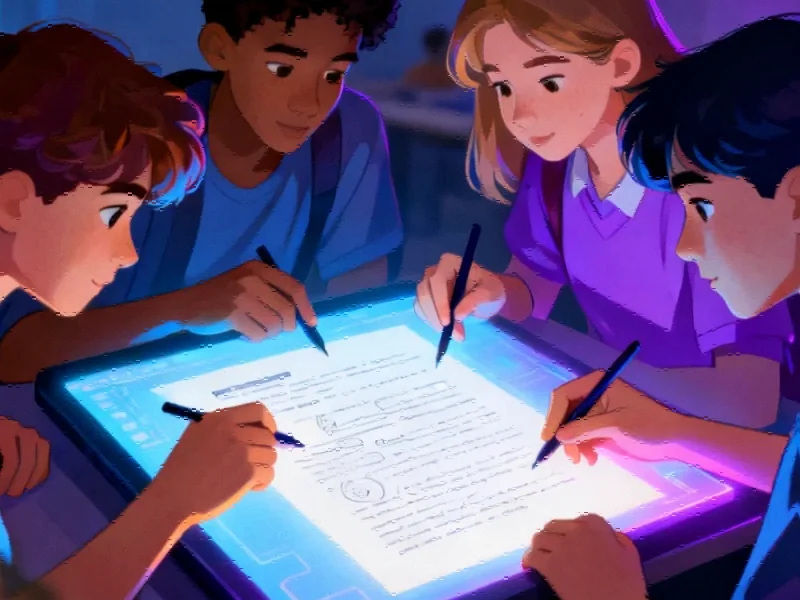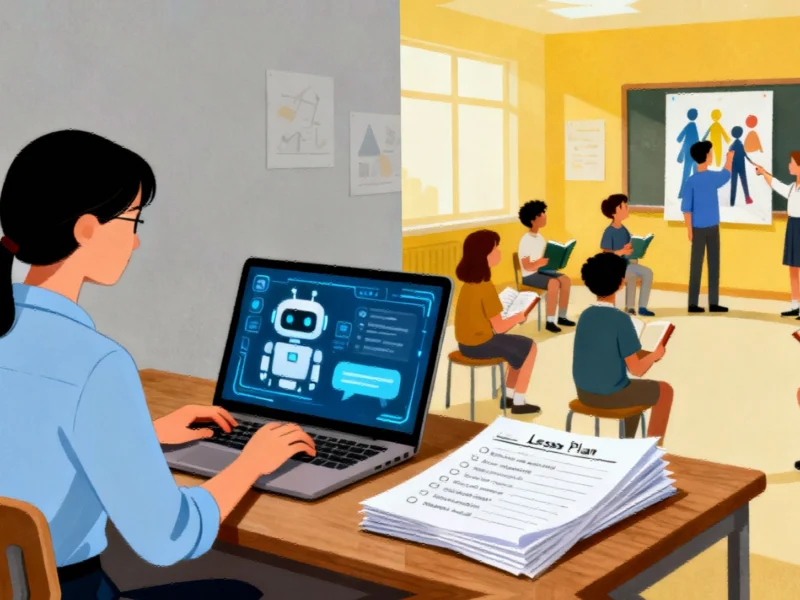Assessing Collaborative Writing Through Digital Tools
Recent educational research has shed new light on how digital scaffolding influences collaborative writing practices in academic settings. A comprehensive study examining student subgroups revealed fascinating patterns in how technology-assisted collaboration impacts both the process and outcome of group writing assignments. The research employed Fabre’s established framework for analyzing text revisions, focusing on four key revision types: addition, deletion, replacement, and movement. This methodological approach provided valuable insights into how students refine their drafts and develop their writing capabilities through digital collaboration platforms.
Performance Variations Across Experimental and Control Groups
The study’s findings revealed significant performance disparities among student subgroups, with digital scaffolding showing mixed effectiveness. While some groups thrived using digital tools, others struggled despite technological support. The top-performing subgroup, GE3, demonstrated exceptional narrative structure, creative character development, and seamless collaboration. Their fable featured symbolic animal characters and a clear moral message, supported by high levels of interaction and idea-sharing throughout the writing process.
In contrast, subgroups GT1 and GE2 received the most negative evaluations across multiple assessment criteria. GT1 particularly struggled with plot integration and collaborative organization, while GE2’s performance issues suggested that digital tools alone cannot compensate for poor group dynamics and inadequate planning. This finding aligns with broader industry developments in educational technology, where tool effectiveness often depends on implementation quality rather than the technology itself.
Structural Elements and Narrative Development
Analysis of the fables revealed that all subgroups successfully incorporated basic structural elements, particularly introductions that demonstrated understanding of the fable genre. Both control and experimental groups showed competence in developing narrative progression, with some subgroups exhibiting remarkable creativity in their approach. GE3, for instance, employed animals as metaphors to explore contemporary issues, while other groups addressed relevant social topics including unemployment, educational challenges, and social media influence.
The research findings contribute to our understanding of how advanced technological frameworks can influence creative processes in educational environments. The mixed results suggest that successful implementation requires more than just providing digital tools—it demands careful consideration of group composition, task design, and instructional support.
Moral Integration and Creative Expression
One of the most telling aspects of the study involved how subgroups handled moral integration in their fables. Successful groups demonstrated the ability to synthesize narrative events into universal lessons, while struggling groups either omitted morals entirely or left stories open to interpretation. This distinction highlights the challenging cognitive leap required for effective moral storytelling, particularly for students less experienced with creative writing.
The experimental group generally outperformed the control group in structural elements, with subgroups GE1 and GE3 achieving positive evaluations across all structural aspects. This success reflects how emerging educational technologies can enhance specific writing components when properly implemented and supported by effective pedagogy.
Character Development and Cultural Relevance
All subgroups excelled in selecting culturally relevant themes and developing symbolic characters that reflected various facets of Algerian life. The diversity of protagonists—from clever animals to complex human characters—demonstrated students’ sophisticated understanding of narrative symbolism and cultural representation. This aspect of the research underscores how digital collaboration can support cultural expression and creative character development when properly facilitated.
The study’s findings have significant implications for educational technology development and implementation strategies. As digital tools become increasingly integrated into educational environments, understanding their variable impact on different aspects of collaborative work becomes crucial for effective pedagogical design.
Implications for Educational Technology Implementation
The research demonstrates that digital scaffolding’s effectiveness in collaborative writing depends on multiple factors beyond the technology itself. Successful implementation requires:
- Strategic group composition that balances skills and collaborative styles
- Clear task structure with well-defined objectives and expectations
- Adequate training in both technological tools and collaborative processes
- Ongoing facilitation to address emerging challenges and support group dynamics
These findings suggest that while digital scaffolding shows promise for enhancing collaborative writing, its impact remains highly dependent on implementation quality and contextual factors. Educational institutions looking to integrate similar technologies should consider these nuanced findings when designing their digital collaboration initiatives.
This article aggregates information from publicly available sources. All trademarks and copyrights belong to their respective owners.
Note: Featured image is for illustrative purposes only and does not represent any specific product, service, or entity mentioned in this article.



